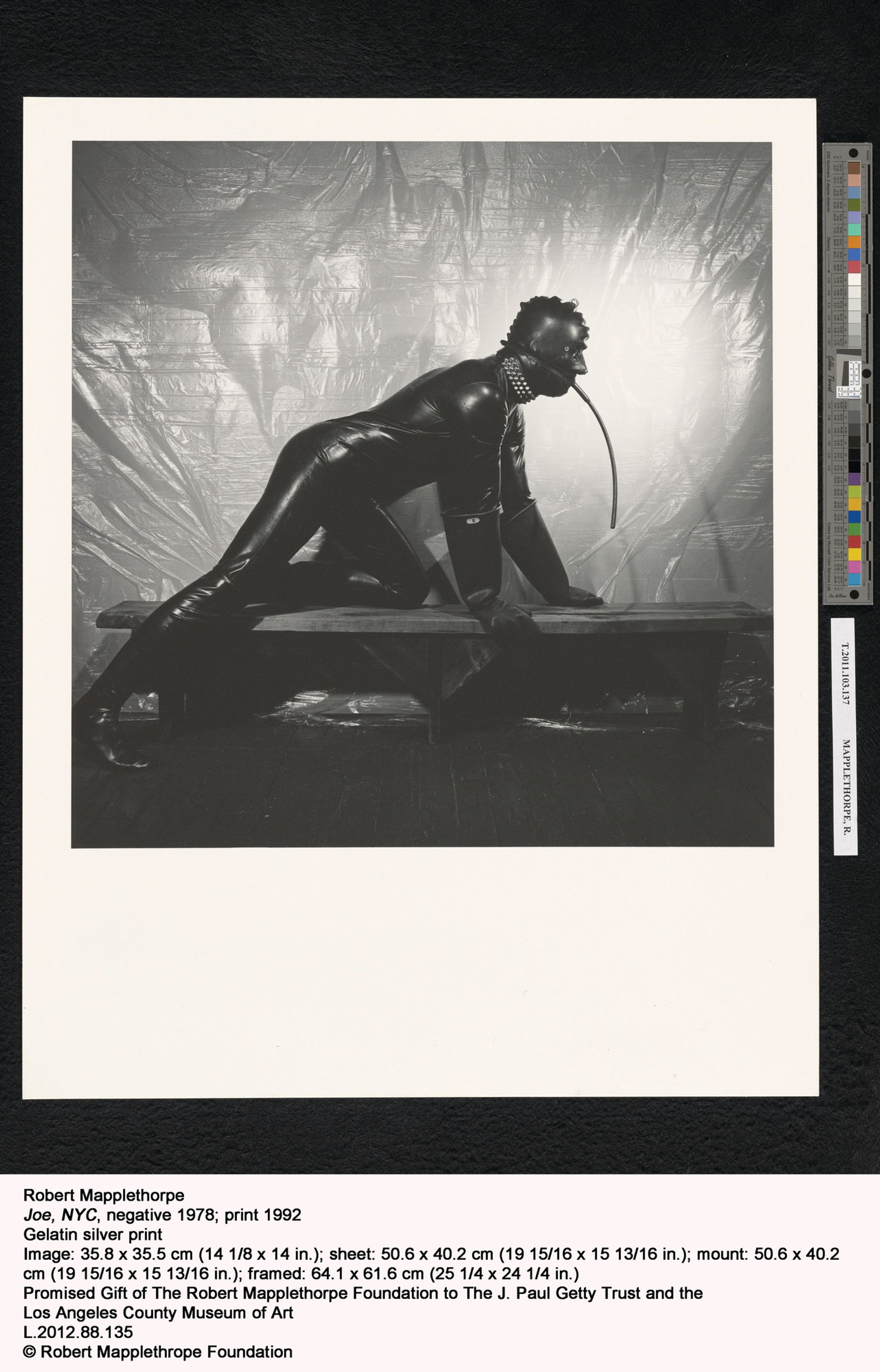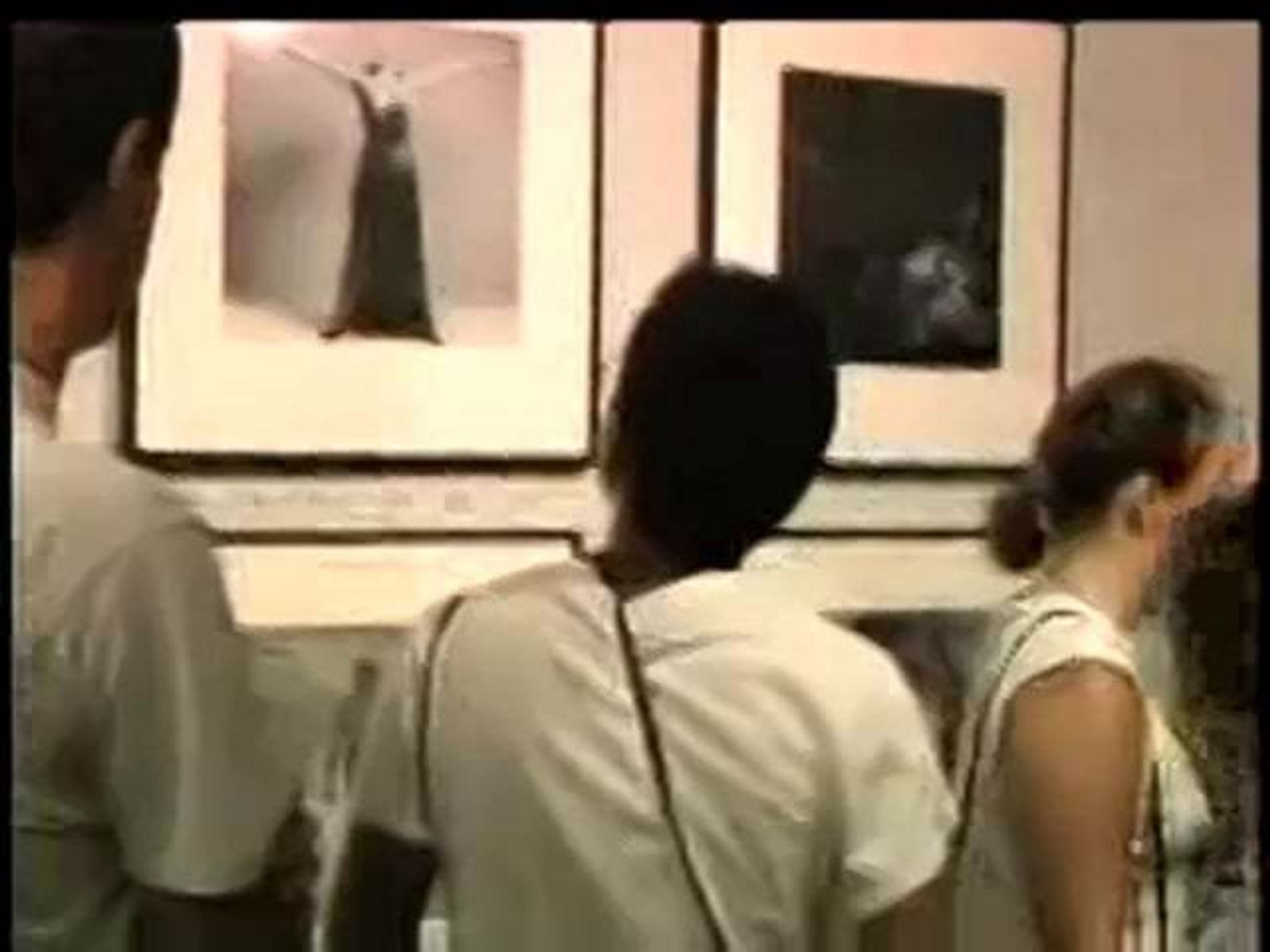Twenty-five years after a landmark trial over exhibiting Robert Mapplethorpe’s photographs, the debate about what can be shown in museums has shifted—but has not completely disappeared. The joint exhibition devoted to the late US photographer at the Los Angeles County Museum of Art (Lacma) and the J. Paul Getty Museum this week will show photographs from Mapplethorpe’s X Portfolio, which includes a provocative self-portrait with a bullwhip, but will omit two controversial images of children.
Britt Salvesen, the curator behind Lacma’s show, says that advances in civil rights in the US have encouraged a “greater acceptance of explicitly sexual work”. But two commissioned portraits of children, that were called into question during the 1990 Mapplethorpe obscenity case and were ultimately cleared, will not be included. “I thought long and hard about whether that was self-censorship,” she says. After looking at the thematic sequence of the exhibition, Salvesen decided that, “while those works are important in the history of the culture wars, they aren’t necessarily crucial to an understanding of Mapplethorpe as an artist.” One of the images will be included in the catalogue, however, which documents the 2,000-work Mapplethorpe photography collection jointly acquired by the Getty and Lacma in 2011.

The X Portfolio was also part of the trial and will be displayed at the end of the Getty exhibition in a specially designed gallery, although the photographs should, chronologically, appear at the start. “I thought that if I put that work in the first gallery, people would be put off,” explains the Getty curator Paul Martineau, adding that Mapplethorpe himself said: “One must ease the public into it—that’s an art in itself.” Martineau says he had to come to terms with his own personal reaction to the work before he could approach it professionally. “One of the things I thought was, ‘My parents are going to see this show—how am I going to explain it to them?’”
“One of my goals through this whole thing was to try and humanise Mapplethorpe and make him more approachable to the average person,” Martineau says, adding that he also wanted to make sure the Getty was not accused of avoiding any challenging art, “that we were whitewashing Mapplethorpe’s work”. The presentation of the X Portfolio at the Getty highlights Mapplethorpe’s aesthetic choices in his selection of the works and the specially designed case in which they were held. “He was making [the photos] into a concise artistic statement,” Martineau says. “He was saying, ‘This is not pornography, this is art; this is an art object.’”

Culture wars, revisited
A storm of controversy broke out in the US in 1990 over The Perfect Moment, a touring posthumous show of Mapplethorpe’s work. The Contemporary Arts Center in Cincinnati found itself in the national spotlight when it took on conservative groups bent on branding his work as pornography. A court found the institution and its then director, Dennis Barrie, not guilty of obscenity charges. In 1989, the Corcoran Gallery of Art in Washington, DC, backed out of staging The Perfect Moment at the last minute.
Jock Reynolds, then the executive director of the Washington Project for the Arts, stepped in and arranged for his institution to host the show. He says there is still “a lot of anxiety” about what museums are willing to show, although some display “great courage” to present provocative work. “What isn’t talked about that much is the quiet self-censorship,” he says.
When the Mapplethorpe show travels to Montreal, Seoul and Sydney, it will include additional displays to explain the American culture wars for international audiences. “We created a bit of a time capsule,” Salvesen says. She adds that the most effective way to deal with any potential controversy is to address it head on. “The strategy has worked well for us. I showed the X Portfolio in 2012, and we went through these same kinds of conversations in miniature,” Salvesen says, adding that the discussions resulted in many positive responses from visitors. “It helped me realise we are in a different place now than we were in 1990, and that was really gratifying.”
• Robert Mapplethorpe: the Perfect Medium, J. Paul Getty Museum and Los Angeles County Museum of Art, 15/20 March-31 July

